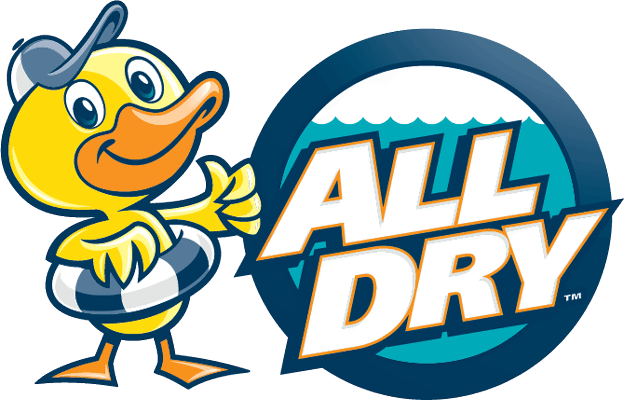Flood damage can be a devastating experience, leaving a trail of destruction in its wake. Standing water can wreak havoc on your home’s structure, belongings, and even your health. But don’t despair! With prompt action and the right knowledge, you can minimize the damage and restore your home to its pre-flood condition.
This guide outlines the best practices for water damage restoration after a house flood.
Safety First
Before tackling any cleanup, prioritize safety. Floodwater can be contaminated with sewage, bacteria, and other harmful substances.
Turn off electricity
Locate your electrical panel and shut off the power to prevent electrical shock hazards.
Assess gas leaks: If you smell gas, evacuate the house immediately and call the gas company.
Wear protective gear
Don rubber boots, gloves, and a mask to shield yourself from contaminated water and potential mold spores.
Initial Mitigation
Once the immediate dangers are addressed, begin mitigating further damage.
Stop the water source
If possible, locate the source of the flood and shut it off. This could involve turning off a washing machine valve or calling a plumber for a burst pipe.
Document the damage: Take photos and videos of the flooded areas before you start cleanup. This will be crucial for insurance claims.
Remove salvageable belongings
Move furniture, electronics, and other belongings to a dry area. This minimizes water damage and allows for thorough drying of the affected space.
Water Removal and Drying
Extracting standing water and promoting proper drying are crucial steps in preventing further water damage and mold growth.
Wet vacuuming
Use a wet/dry shop vac to remove standing water from carpets, floors, and other surfaces.
Airflow and ventilation
Open windows and doors as much as possible to create natural airflow. Consider using fans to promote air circulation and drying.
Dehumidification
Rent a dehumidifier to remove moisture from the air and accelerate the drying process.
Cleaning and Sanitizing
Once the visible water is removed, cleaning and sanitization are essential to prevent mold growth and ensure a safe environment.
Cleaning surfaces
Use a solution of clean water and disinfectant to clean hard surfaces like walls, floors, and countertops.
Carpet cleaning
For carpets that can be salvaged, professional cleaning with a powerful extractor is recommended. Deep cleaning removes excess moisture and prevents mold growth.
Discard contaminated materials
Porous materials like carpets and upholstered furniture that have been heavily saturated with floodwater may be unsalvageable and should be discarded to prevent mold issues.
Drying and Monitoring
Drying can take several days or even weeks depending on the extent of water damage. Here’s what you need to do:
Monitor moisture levels
Use a moisture meter to track the drying progress. Aim for a moisture content below 16% in building materials like wood.
Continue dehumidification
Keep the dehumidifier running until the affected areas are completely dry.
Inspect for mold
Be vigilant for mold growth, especially in areas with poor ventilation or prolonged moisture exposure. If you suspect mold, consult a professional remediation company for safe removal.
Restoration and Repairs
Once the drying process is complete, you can begin restoration and repairs.
Structural repairs
Address any structural damage caused by the flood, such as warped floorboards or damaged walls. Consulting a professional is recommended for structural repairs.
Content restoration
Professionals can clean and restore salvageable belongings like furniture, upholstery, and carpets.
Remodeling
Depending on the severity of the damage, you might need to consider remodeling certain areas of your home.
Seeking Professional Help
While some initial cleanup tasks can be managed yourself, extensive water damage often requires professional assistance. Here’s when to call in the experts:
- Significant structural damage
- Category 3 water damage (sewage or contaminated water)
- Extensive mold growth
- Difficulty managing the drying process on your own
Insurance Claims
Contact your insurance company as soon as possible after the flood. They can guide you through the claims process and help cover the cost of repairs and restoration. Be sure to have all your documentation ready, including photos, videos, and receipts.
Remember
- Act quickly: The faster you address water damage, the less likely it is for extensive damage and mold growth to occur.
- Prioritize safety: Protect yourself and your family from electrical hazards and contaminated water.
- Document everything: Take photos and videos for insurance purposes.
- Consider professional help: Don’t hesitate to call a water damage restoration company for complex situations.
By following these best practices and prioritizing safety during and after
